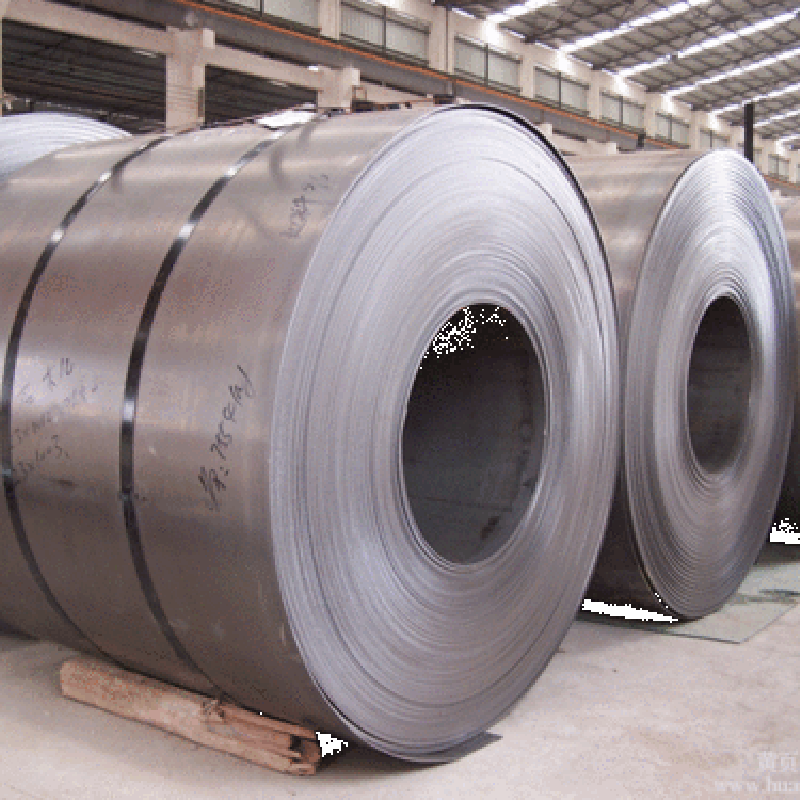
SPHT1 is a kind of Hot-rolled Steel for Tubes & Pipes. SPHT1 steel tube/pipe is mainly used for General structure and mechanical structure Low-pressure fluid pipeline, Boiler pipe, Locomotive smoke pipe (big and small), Seamless circular tubes/pipes and Precision steel tubes. SPHT1 steel tube/pipe can also be used for Hydrostatic pressure test, Cold drawn (cold rolling) or cold drawn hardening
What are the chemical composition of SPHT1 steel?
SPHT1 steel is a hot-rolled steel. The chemical composition of SPHT1 steel is as follows:
C: 0.15-0.25
Mn: 0.60-1.00
P: 0.035
S: 0.035
Cr: 0.30-0.50
Mo: 0.20-0.30
V: 0.03-0.08
W: 0.4-0.6
What are the properties of SPHT1 steel?
SPHT1 is a kind of hot-rolled steel. The SPHT1 steel coil is widely used in the construction, machinery, and transportation industries. Because of its good formability, weldability, and toughness, it is very suitable for these industries.
How is SPHT1 steel made?
There are two ways to make SPHT steel: hot rolled and cold rolled. Hot rolled SPHT steel is made by heating the steel above its recrystallization temperature, then rolling it to achieve the desired thickness. Cold rolled SPHT steel is made by cooling the steel below its recrystallization temperature, then rolling it to achieve the desired thickness.
What are the compositions of SPHT1 steel?
The composition of SPHT1 steel is very similar to that of other types of steel. It contains small amounts of carbon, manganese, phosphorus, sulfur, and silicon. The main difference between SPHT1 steel and other types of steel is the amount of chromium. SPHT1 steel has a higher amount of chromium, which gives it better corrosion resistance.
How is SPHT1 steel made?
SPHT1 steel is made using a hot rolling process. The steel is first heated to over 1700 degrees Fahrenheit before being passed through rollers. This process forms the steel into its desired shape.
Is SPHT1 steel hot rolled or cold rolled?
SPHT1 steel is a type of low-carbon steel used in manufacturing and construction. It has a wide range of applications due to its high strength, ductility, and weldability. But the question remains—is SPHT1 steel hot rolled or cold rolled? The answer to this question depends on your specific application. Hot rolling is a process where the steel is heated above its recrystallization temperature, forming different grain shapes depending on the temperature and cooling rate. Cold rolling is when the steel is rolled at room temperature, creating higher surface finishes and tighter tolerances than hot rolling.
What are the main design features of SPHT1 steel?
SPHT1 steels main design feature is its strength. This steel grade is widely used in the construction industry for a variety of applications, such as bridges, buildings, and other structures where high strength is required. Other important features of SPHT1 steel include its weldability and formability. This steel grade can be easily welded and formed into a variety of shapes.
What are the advantages of SPHT1 steel?
SPHT1 steel is a popular material for many applications due to its high strength and good weldability. Its uses include everything from construction projects to manufacturing equipment. This type of steel is also often used in the automotive industry.
Some of the key benefits of SPHT1 steel include:
– High Strength: SPHT1 steel has a high yield strength, meaning it is less likely to deform or break under stress than other types of steel. This makes it ideal for use in construction and other applications where load-bearing materials are required.
– Good Weldability: SPHT1 steel can be easily welded using standard welding techniques. This makes it possible to create strong joints between pieces of SPHT1 steel, which is important in applications where structural integrity is critical.
– Versatile: SPHT1 steel can be used for a wide variety of applications due to its high strength and good weldability. Some common uses include construction projects, manufacturing equipment, and automotive parts.
How to use SPHT1 steel?
DSPHT1 steel can be used in a variety of industries and applications where high strength is required, such as construction, mining, offshore drilling, and agriculture. This versatile steel grade can also be used for a variety of other applications such as fabricating pressure vessels, storage tanks, and pipes.
SPHT1 steel is a versatile steel that can be used for a variety of applications. Here are some tips on how to use SPHT1 steel:
-When working with SPHT1 steel, it is important to wear proper protective gear, including gloves and eye protection.
-SPHT1 steel can be cut with a variety of tools, including power saws, hand saws, and abrasive cutting wheels.
-SPHT1 steel can be welded using standard welding techniques. However, it is important to note that this type of steel is not suitable for welding with oxyacetylene due to its high carbon content.
-SPHT1 steel can be drilled using standard drill bits. however, carbide-tipped bits are recommended for drilling through thick sections of the material.
How to Choose the Right SPHT1 Steel for Your Project?
There are a few things to consider when choosing the right SPHT1 steel for your project. The first is the thickness of the steel. SPHT1 steel is available in both thin and thick varieties. The thin steel is ideal for projects that require a smaller piece of steel, such as for welding or creating metal art. The thick steel is better suited for projects that need a large piece of metal, such as for construction or shipbuilding.
The next thing to consider is the grade of the steel. SPHT1 steel is available in different grades, depending on the intended use. For example, there are grades specifically designed for welding, while others are better suited for machining. Choosing the right grade will ensure that your project turns out exactly as you envisioned it.
Finally, you’ll need to decide on the length and width of the SPHT1 steel you need. This will depend on the size of your project. Once you have all of this information, you’ll be able

